Nestled on the eastern coast of India, the state of Odisha is celebrated not only for its rich cultural heritage and stunning landscapes but also for its diverse culinary traditions. Among the many delectable treats that Odisha offers, Khaja stands out as a sweet masterpiece that has delighted palates for centuries. In this blog post, we'll embark on a delightful journey to explore the history, preparation, and the sheer joy of savoring Khaja, a beloved sweet dish of Odisha.
Origin of Khaja : Khaja, also known as Khaja Pitha, traces its origins to the land of Odisha. This sweet confectionery is deeply rooted in the state's culture and tradition, with a history dating back to ancient times. It's a sweet treat that has stood the test of time.
Festive Significance of Khaja : Khaja holds a special place in Odisha's festivals and celebrations. It is often prepared as an offering to deities during religious rituals and festivals, including Diwali, Durga Puja, and Rath Yatra. Sharing Khaja is a symbol of spreading joy and good fortune.
A Culinary Art of making Khaja: Preparing Khaja is not just a culinary endeavor; it's an art form. The process of making Khaja involves intricate techniques and attention to detail, which have been passed down through generations.
The Making of Khaja:
Ingredients of Khaja: Khaja primarily consists of all-purpose flour (maida), sugar or jaggery, ghee (clarified butter), and cardamom for flavoring. These simple ingredients are transformed into a sweet masterpiece through a series of steps.
Layering Technique of Khaja : The key to Khaja's unique texture lies in its layering technique. The dough is rolled out into thin sheets, which are then layered with ghee and folded multiple times. This process is repeated several times to create multiple layers.
Frying process of Khaja : Once the layered dough is ready, it is cut into desired shapes, typically diamond-shaped. These pieces are deep-fried until they turn golden brown, resulting in a crispy outer layer.
Sugar Syrup for Khaja: After frying, the Khaja pieces are dipped in sugar syrup, which gives them a sweet and slightly sticky coating. The sugar syrup is often flavored with cardamom, adding a delightful aroma.
Varieties of Khaja: There are different varieties of Khaja, including the classic version, which is crispy on the outside and slightly soft on the inside. There are also variations like Manohara Khaja and Sankhkhaja, each with its unique preparation method and flavor.
Savoring Khaja is an experience that transcends the taste buds. It's a journey through the cultural heritage of Odisha, a celebration of traditions, and a testament to the culinary craftsmanship of the region.
Texture of Khaja: Khaja's unique texture is a delight. The crispy outer layers give way to a sweet and slightly chewy interior, creating a perfect balance of flavors and textures.
Aroma of Khaja : The aroma of freshly prepared Khaja, with hints of cardamom and ghee, is irresistible. It's a fragrance that lingers in your memory long after you've savored the sweet.
Sweet Bliss of Khaja: With every bite of Khaja, you can taste the love and devotion that go into its preparation. It's a sweet indulgence that brings joy to both the maker and the eater.
Khaja is not just a sweet dish, it's a symbol of Odisha's cultural richness and culinary excellence. Whether enjoyed during festivals, offered in temples, or savored as a treat with a cup of chai, Khaja brings people together in a shared appreciation for the finer things in life. So, the next time you find yourself in Odisha, don't miss the opportunity to indulge in this divine sweet symphony known as Khaja. It's a sweet journey you won't soon forget.
Related Blogposts :


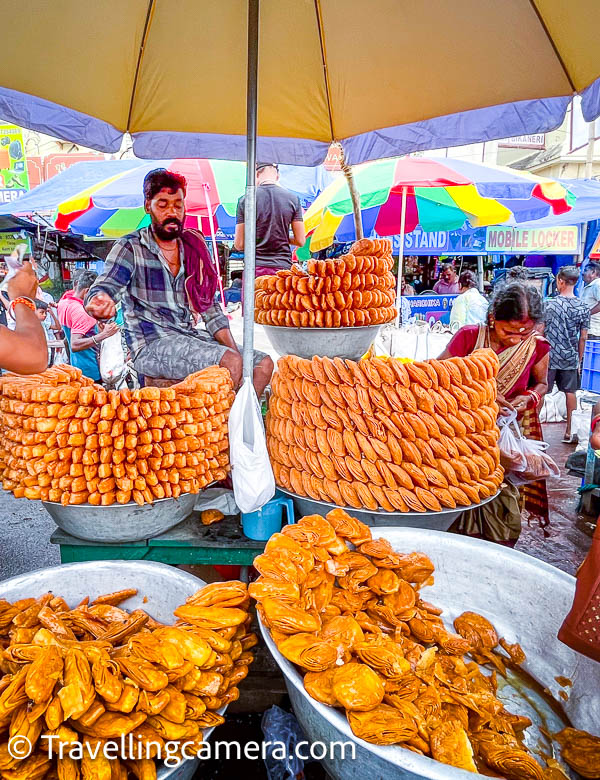
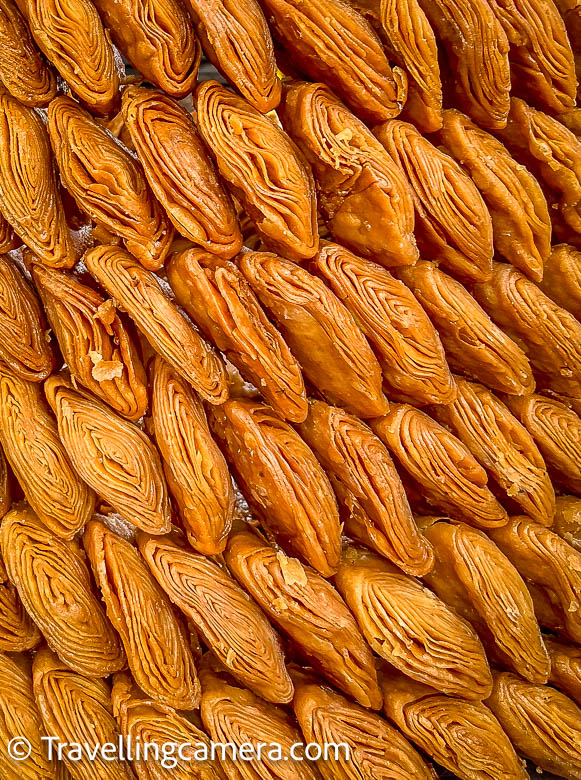
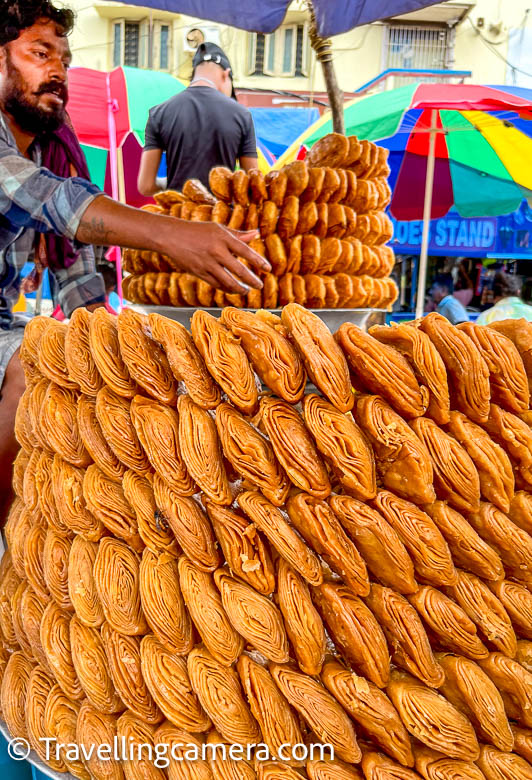






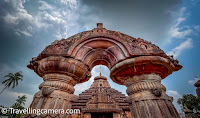




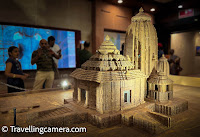
















.jpg)
Comments